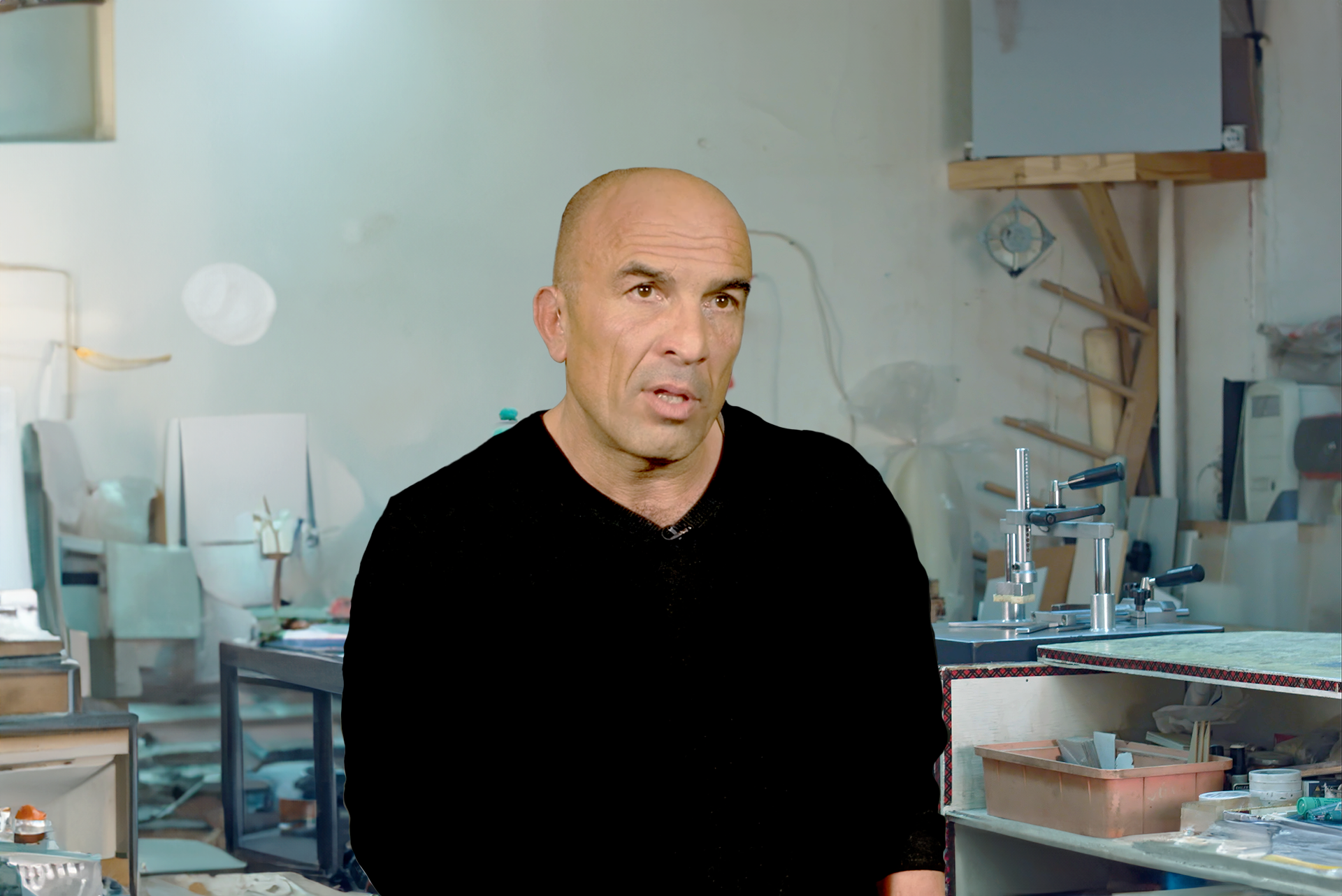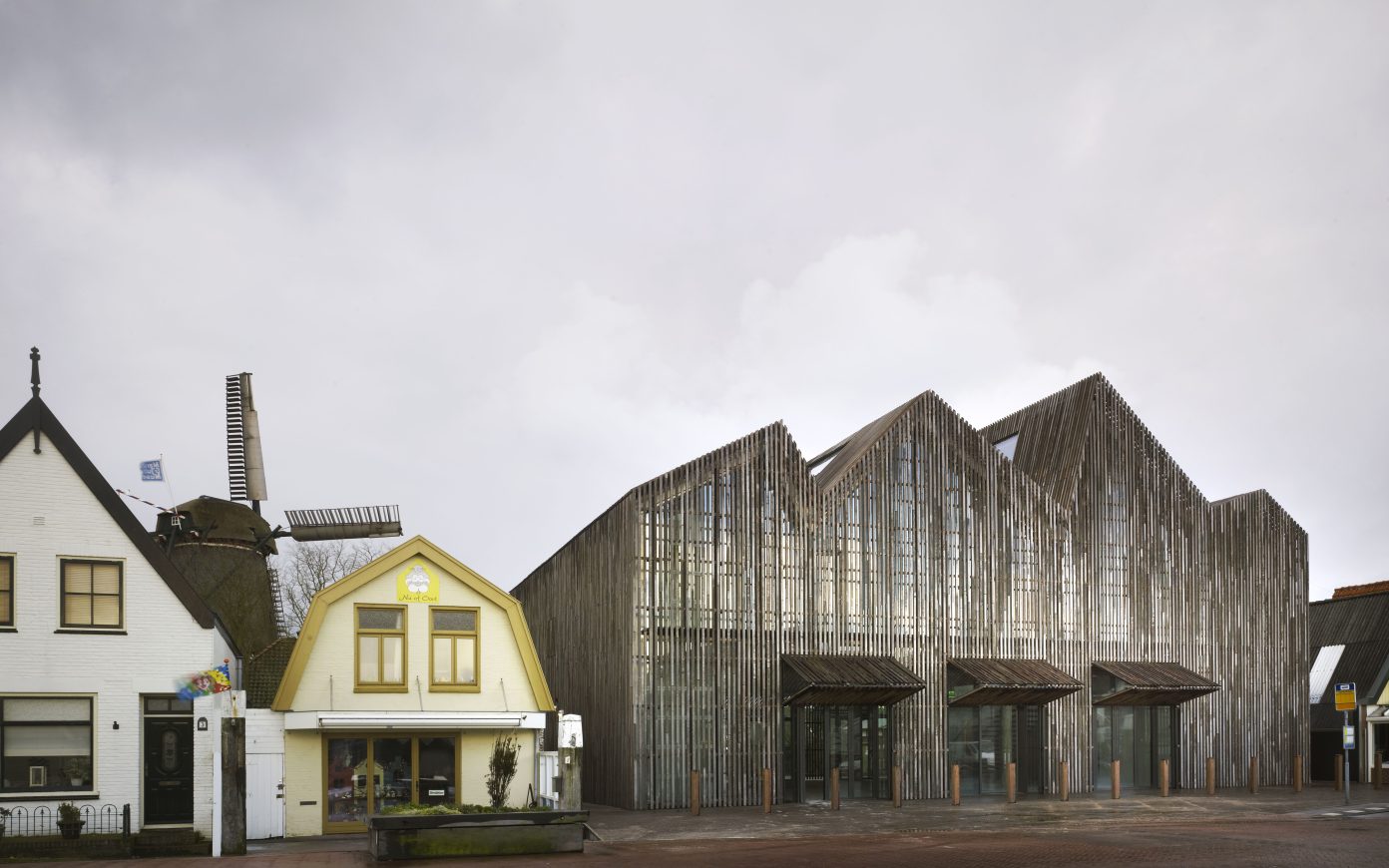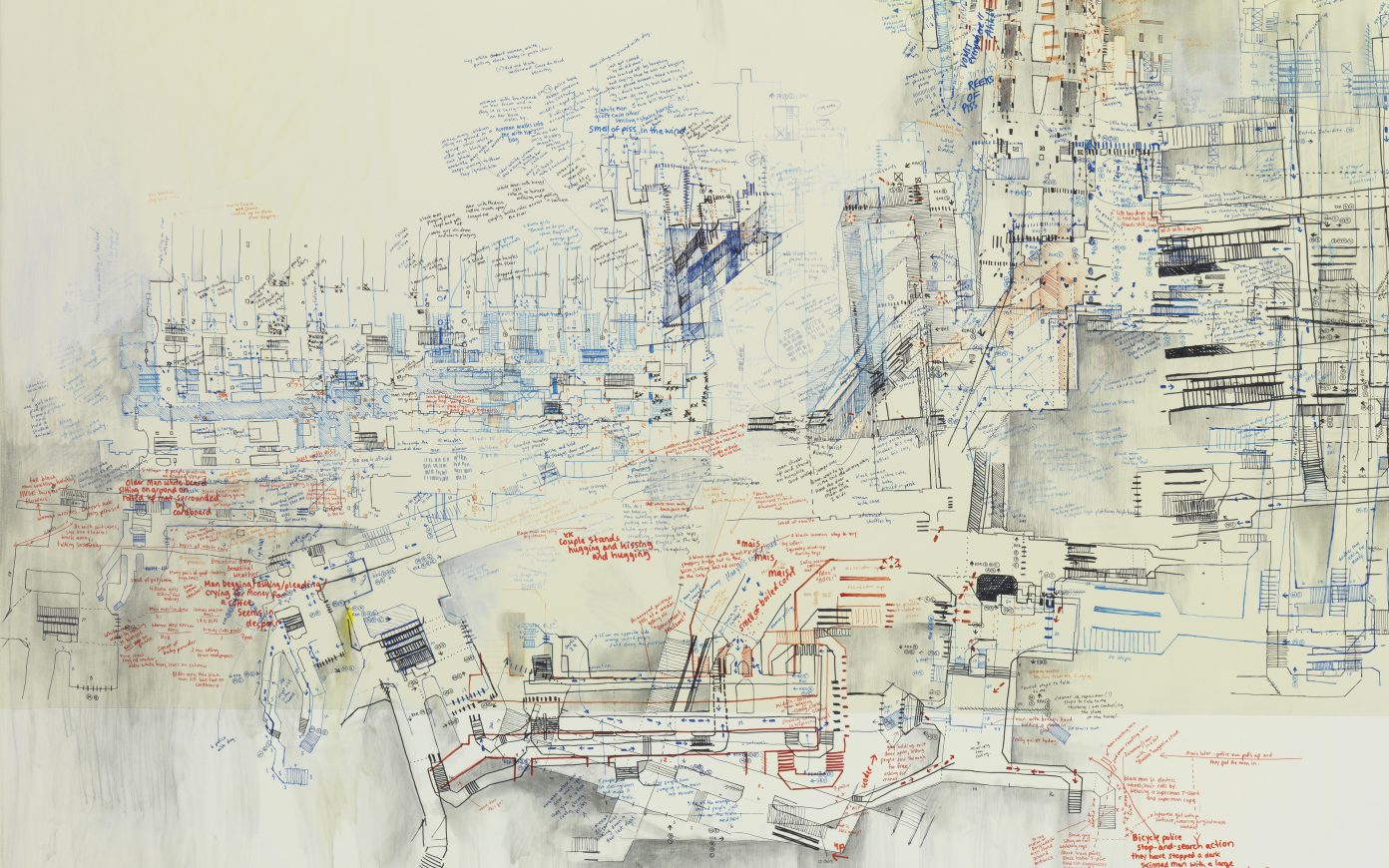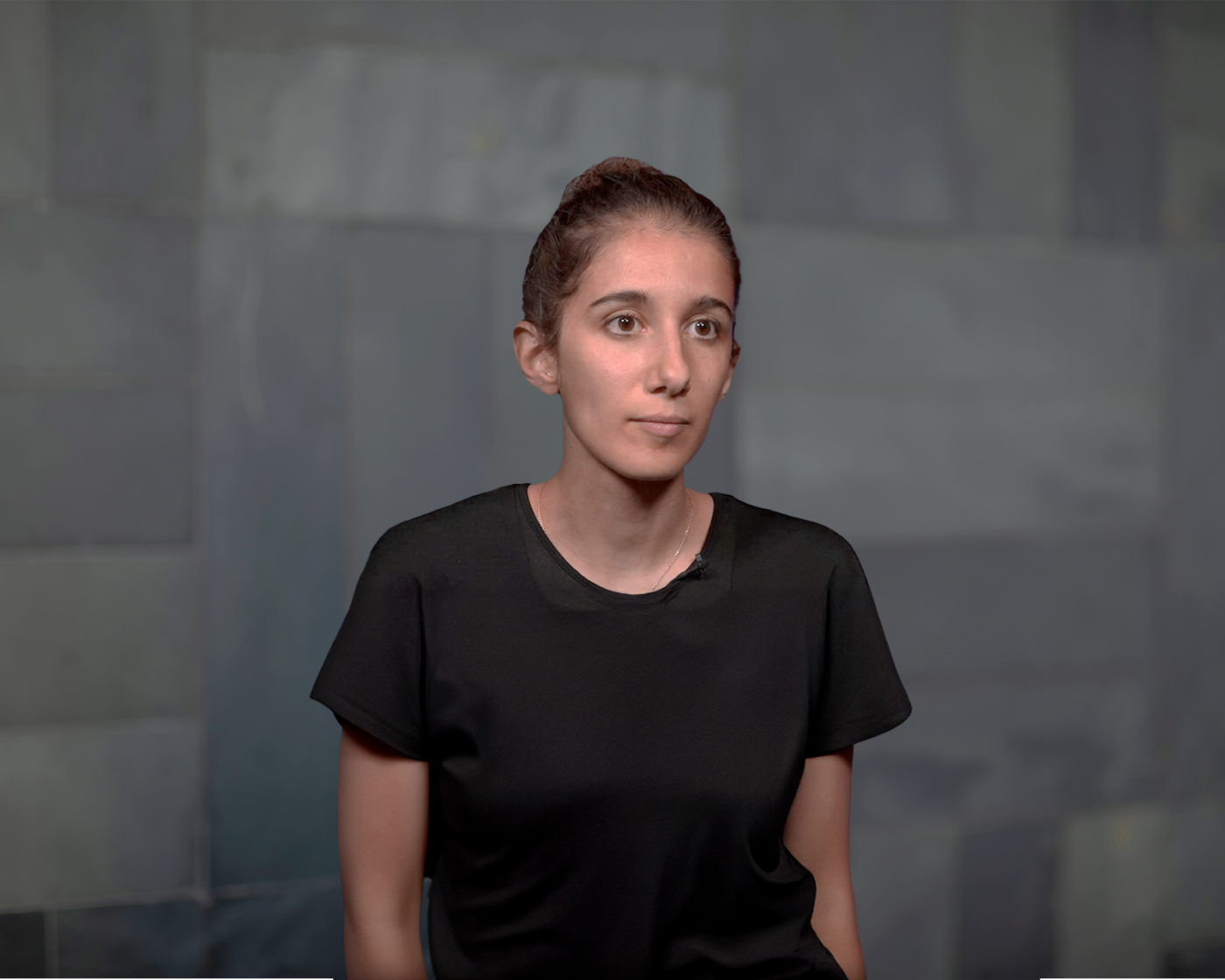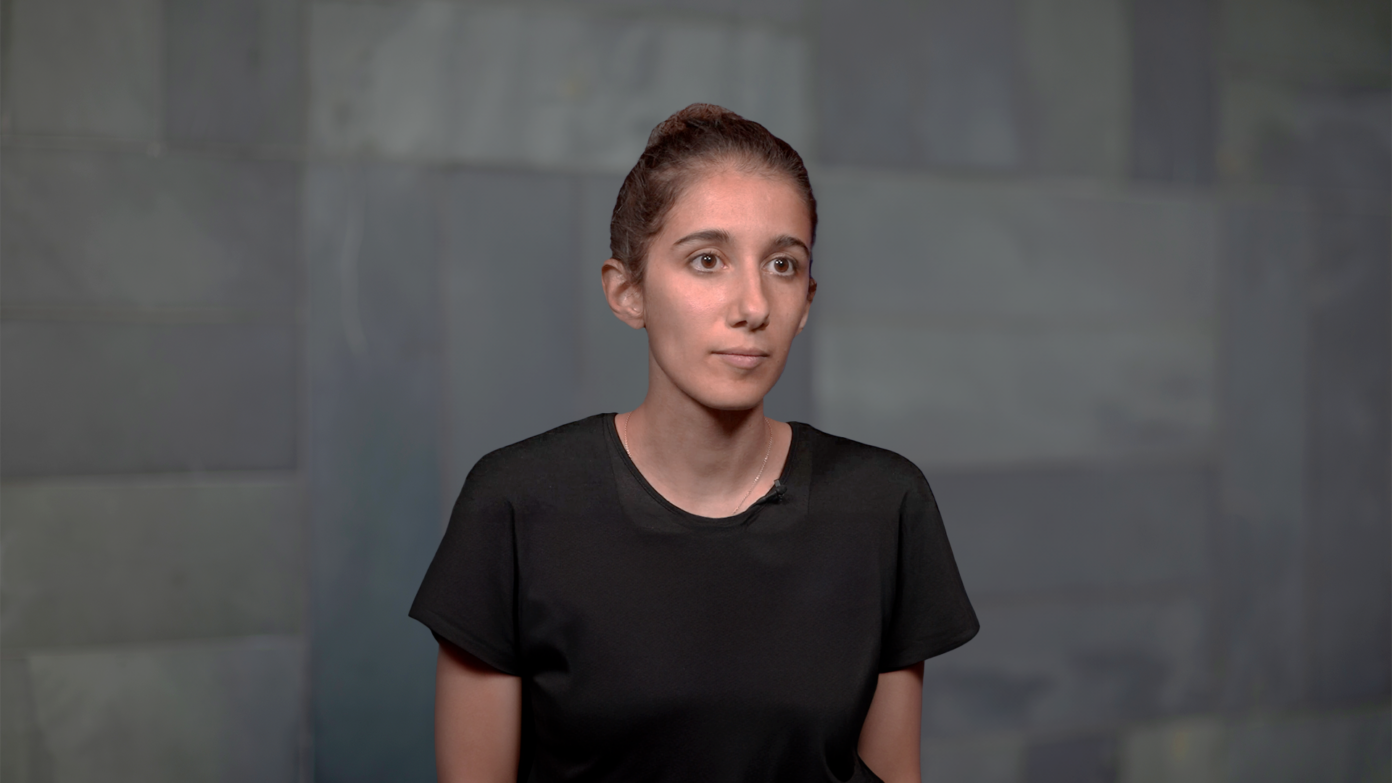Radicant Design: time, needs and experimentation
A sustainable approach to the city implies the activation of citizen know-how that redefines the role and methods of the architect. For Jana Revidin, the ecological transition must drive architects to transform the theory and practice of architecture so as to move toward a world based on the idea of the radicant. While the many remaining advocates of post-functionalism continue to think in terms of simple evolutions of systems, on the contrary, we must activate a historical rupture based on the current resources and context in order to design modes of production of space where the process is not subordinate to a product or a final form. The act of building does not matter more than the thing being built, in line with a vision where the project becomes a process of amending inhabited environments over time. This vision of architecture allows us to free ourselves from the short-term pressure and to listen to the uses and users according to an iterative approach to experimentation.
